Handles and handrails for the disabled - a compendium of knowledge.
In today's world, ensuring accessibility and safety in public spaces for people with different mobility needs is not only a legal requirement, but also a testament to social responsibility and inclusivity. One of the key elements that enable people with disabilities to have greater independence and comfort are various types of handles and handrails. Their application is versatile, from public bathrooms to residential and office spaces. There are various types of handles and handrails available on the market that can be tailored to individual needs and the specificities of a given space.
Among the most popular solutions are straight handrails, which are universal and easy to install. Their simplicity and functionality make them a common choice for commercial and private use. Another type is angled handrails, which work well in places where greater flexibility is required, such as in wall corners or near stairs.

Corner Handles
Designed for use in the shower, corner handles are an indispensable solution that provides safety and independence for people with disabilities during daily hygiene activities. These specially designed handles, mounted in the corners of the shower cabin, offer support in both standing and sitting positions, and their unique shape allows for easy gripping and stabilization. Made of non-slip materials such as stainless steel or rubber-coated plastic, these handles are durable and hygienic, and their easy-to-clean surfaces ensure long-term use.
The key to installing these handles is their placement - they should be mounted at the appropriate height, tailored to the user's needs. Proper placement of the handles provides maximum support where it is most needed, while ensuring that they do not interfere with the free use of the shower. Installation should be done by a professional who will ensure that the handles are securely attached to the wall, which is crucial for ensuring safety and avoiding accidents.
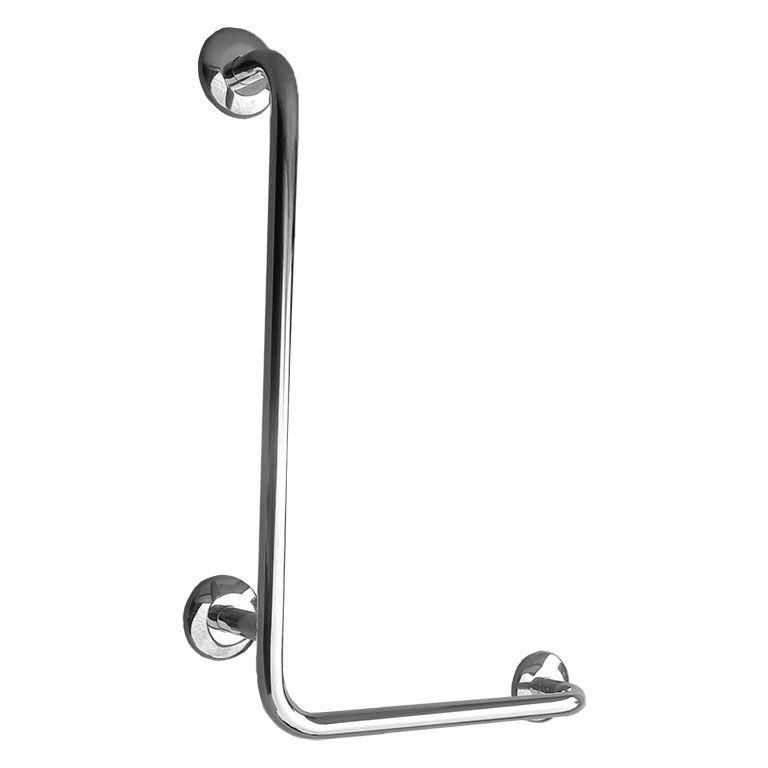
Using corner handles in the shower is a simple but effective method to increase the independence of people with disabilities, as well as to provide them with comfort and safety. They are an essential element of bathrooms adapted to the needs of people with limited mobility, allowing them to safely and independently use the shower.
Straight handles
Straight handles are one of the most versatile solutions available on the market, designed to support the mobility and safety of people with disabilities. They are characterized by a simple but functional design, which works well in many different locations, especially at sinks and toilets, where providing additional support is crucial. They are available in two main variants: fixed handles or foldable handles. Fixed handles, due to their permanent position, are an excellent choice in places where constant support is necessary, such as at sinks. On the other hand, foldable handles offer additional flexibility, allowing the height and angle of the handle to be adjusted to the individual needs of the user, which is particularly useful for toilets.
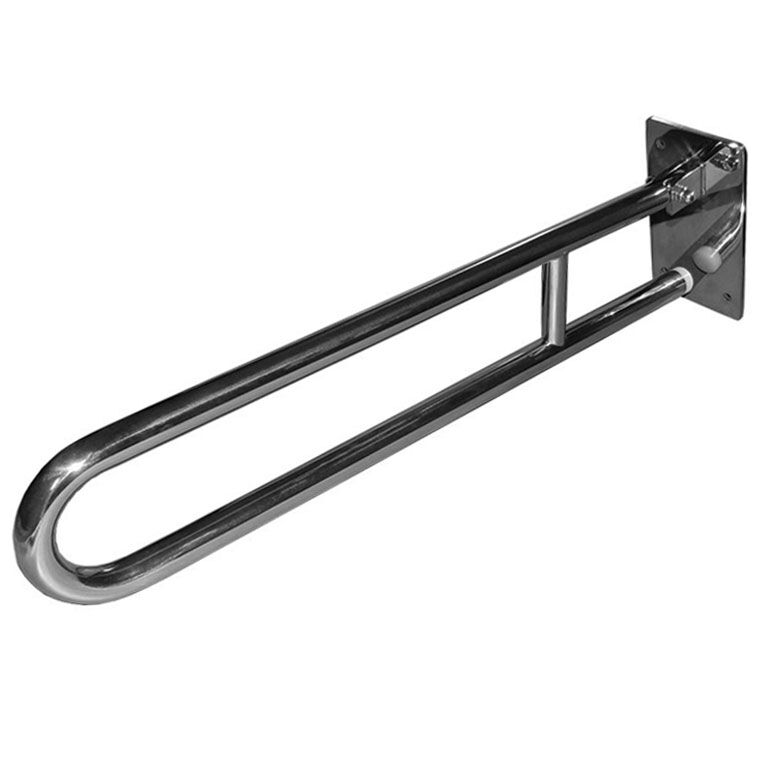
Both types of handles, both fixed and foldable, are designed to withstand significant loads while being easy to install and use. Their simple form not only facilitates access and usability, but also allows for easy incorporation into various interior arrangements, maintaining an aesthetic and discreet appearance. Choosing the right handle should be considered in terms of the specific nature of the space in which it is to be installed, as well as the individual needs of users, to ensure maximum comfort and safety.
Freestanding handles
An additional group of products are freestanding handles. Freestanding handrails are a versatile and flexible solution that supports the mobility of people with disabilities in various spaces. They are characterized by not requiring installation to a wall or other fixed point, allowing for easy relocation and adaptation to changing user needs. These handrails are often used in places where permanent installation is not possible or desired, such as rented spaces or places where quick adaptation of the space is required.
One of the main advantages of freestanding handrails is their ease of installation and removal, which does not require specialized tools or significant interference with the building structure. In addition, their mobility allows for quick response to changing user needs, for example in nursing homes or hospitals. On the other hand, a disadvantage of this solution may be less stability compared to permanently mounted handrails, which may be a consideration, especially in high-traffic areas.

Nevertheless, freestanding handrails offer a compromise between functionality and flexibility, making them a practical solution in many situations. Their design provides proper support and safety, and the ability to easily move and configure them makes them particularly useful in temporary or multifunctional spaces.
Summary
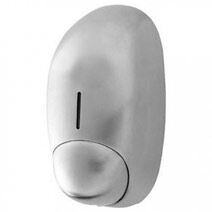

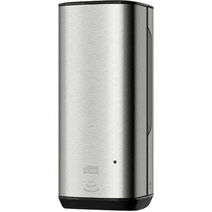
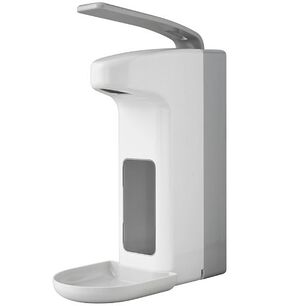

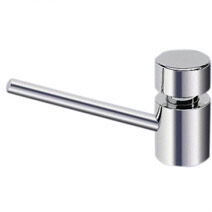
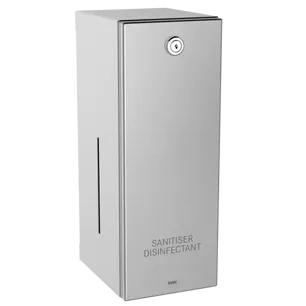

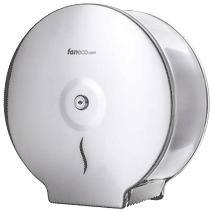

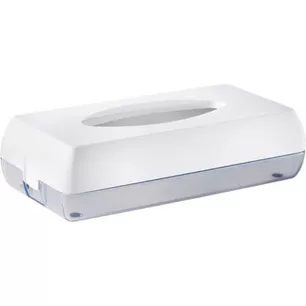
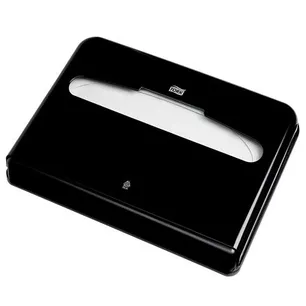
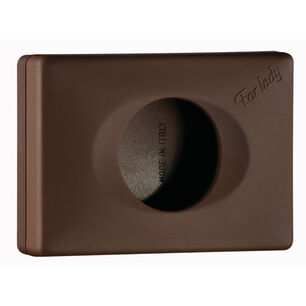
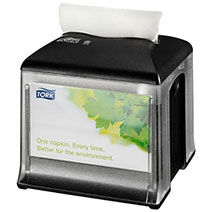

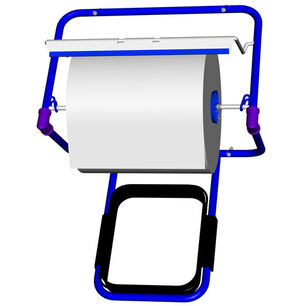
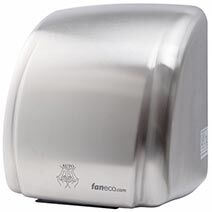
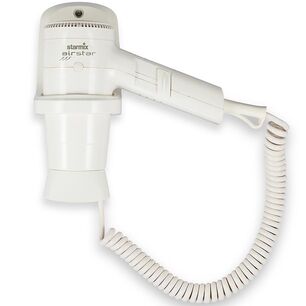
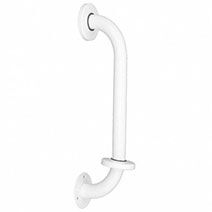
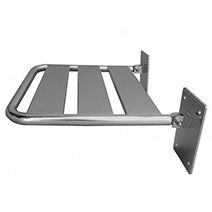
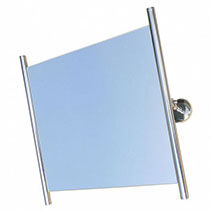
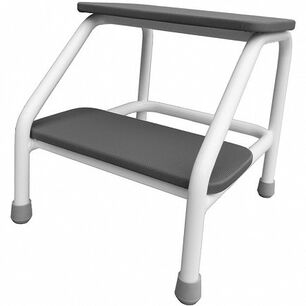
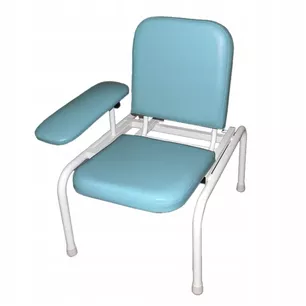




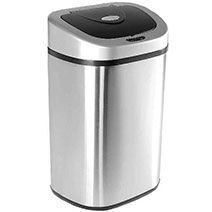
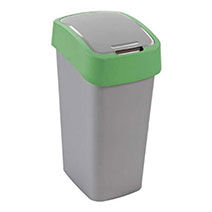
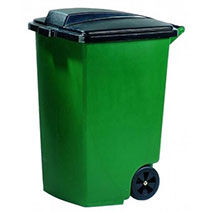




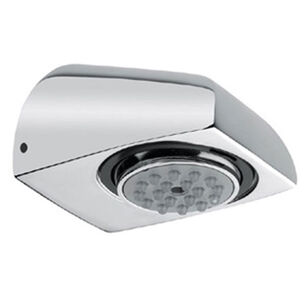
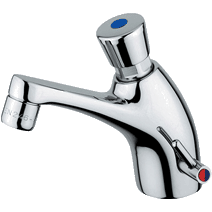
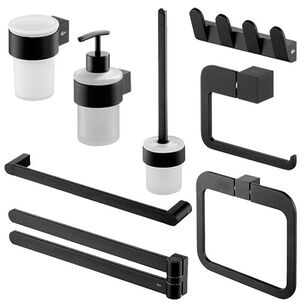
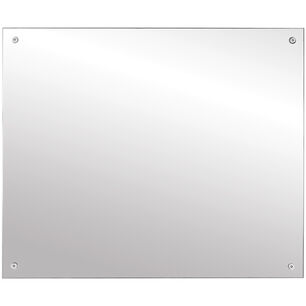
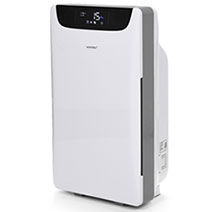


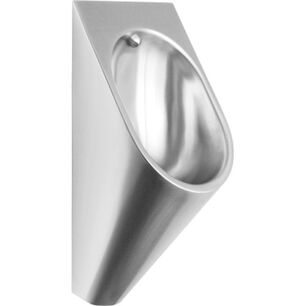
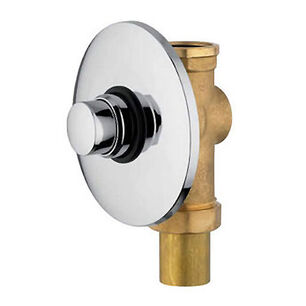
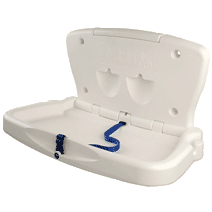
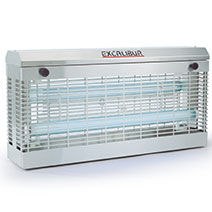

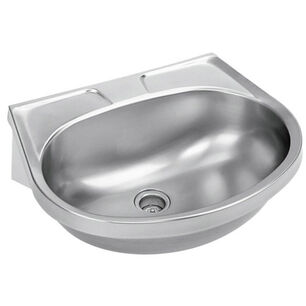
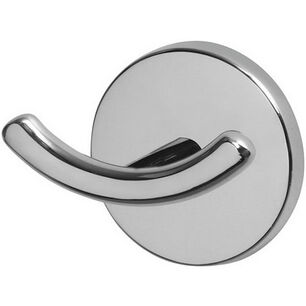
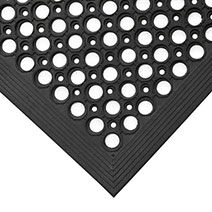
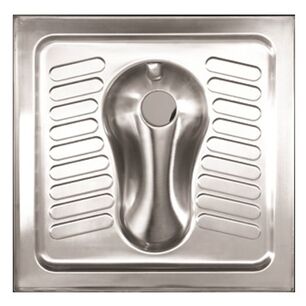
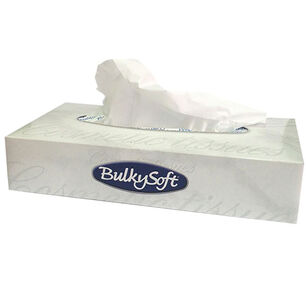
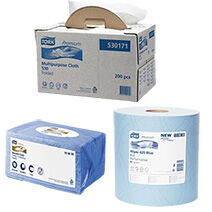



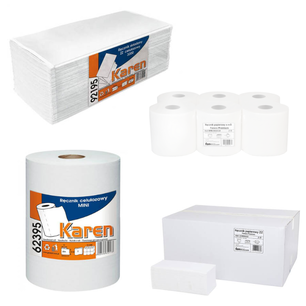
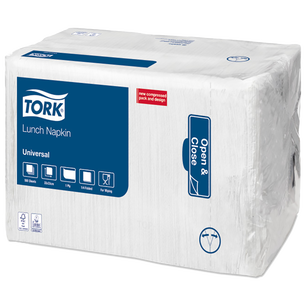
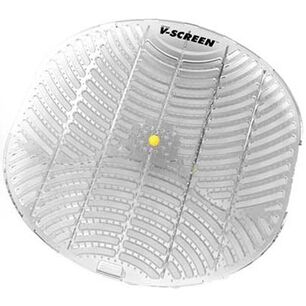

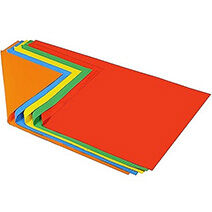
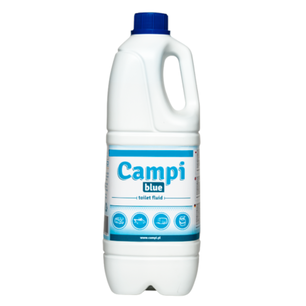
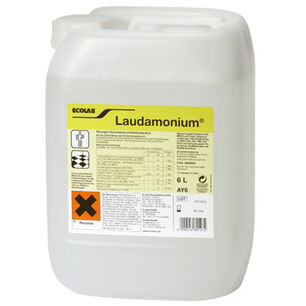
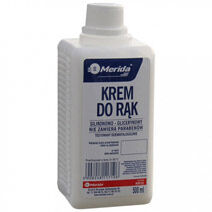
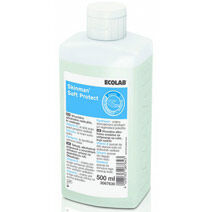
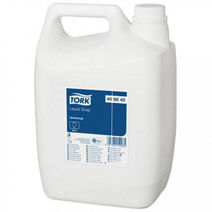
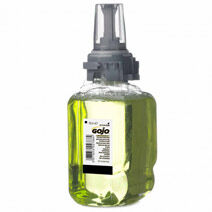

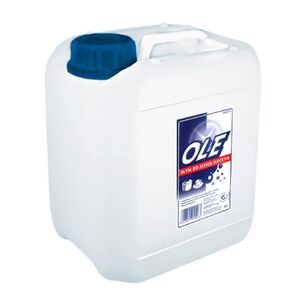

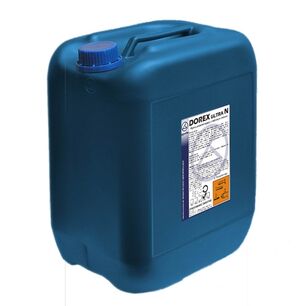
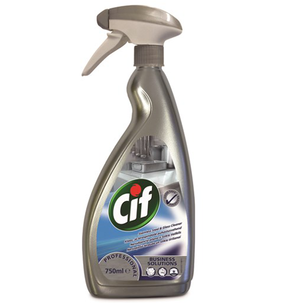
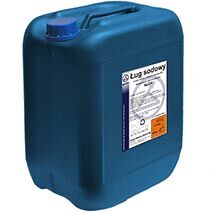

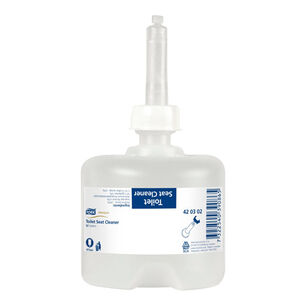
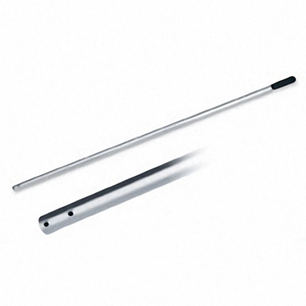
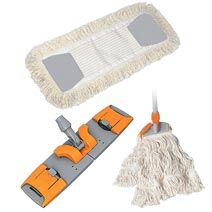

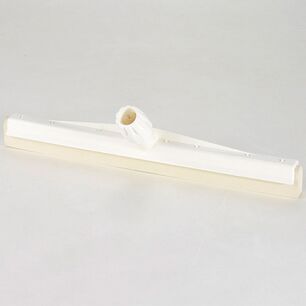

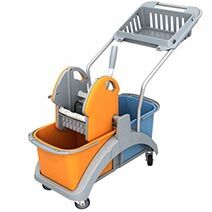


 Polski
Polski
 Czech
Czech
 German
German
 Spanish
Spanish
 Slovak
Slovak